When it comes to woodworking, having the right tool can make all the difference. Belt sanders are one such essential tool that can significantly enhance the efficiency of your work. Among the multitude of options available on the market, Makita’s belt sanders stand out due to their superb performance and durability. In this comparison guide, we will delve into the specifics of three popular Makita models: the 9903, 9403, and 9404. We will discuss their features, benefits, and potential drawbacks to help you decide which is the best fit for your woodworking needs.
What To Consider?
Belt Speed
When it comes to belt speed, which is crucial for efficient and smooth sanding, the three Makita models offer varied performance. The 9403 model stands out with a top belt speed of 1,640 feet per minute, making it ideal for high-volume, intensive tasks that require quick material removal. This powerful speed ensures that you can tackle even the toughest sanding projects with ease and efficiency.
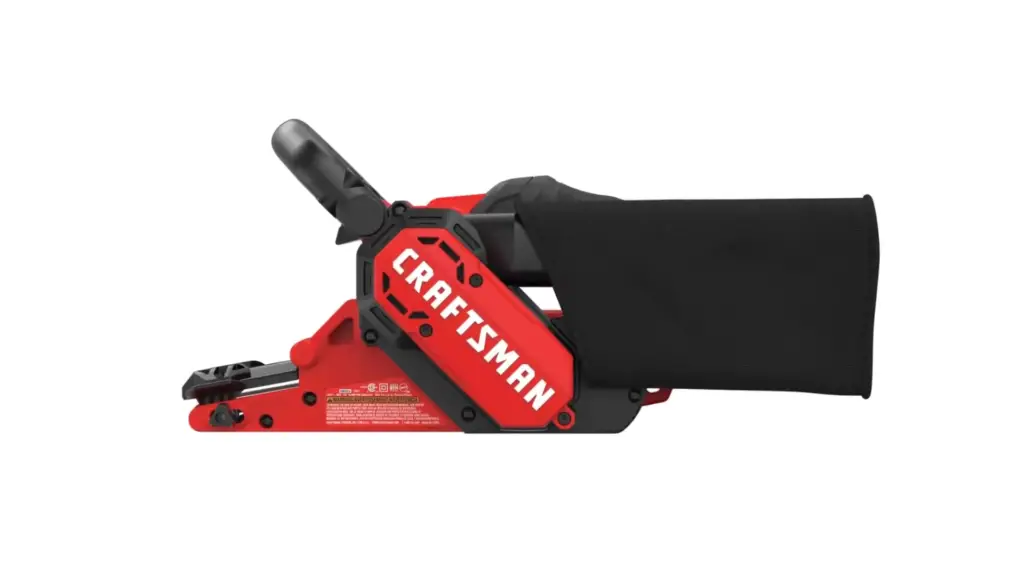
The 9903, meanwhile, features infinitely variable gear speed adjustment, offering a band from 690 to 1440 ft to the minute. This versatility enables you to regulate the rate according to your needs, your specific material and task. Whether you’re working on delicate surfaces that require a soft touch or tackling more challenging projects, the 9903’s infinitely variable rate ensures optimal results.
Finally, the 9404 is the successor to the 9903 and also features flexible speeds ranging from 690 to 1440 feet per minute. This gives you the flexibility to adapt the belt speed to your needs and preferences. Whether you prefer a slower speed for precision workpiece finishing or a faster speed to remove stock quickly and efficiently, the 9404 will meet your needs.
Belt Grit
When comparing Makita 9903, 9403 and 9404 series, belt grit is another significant factor that deserves attention. Belt grit refers to the coarseness of the sanding belt, with lower numbers indicating a coarser grit and higher numbers denoting a finer grit. The Makita 9403 and 9404 models offer exceptional compatibility with a wide range of belt grits, providing versatility for different applications in woodworking. These models can accommodate coarse 40 grit belts, fast stock removal rates as well as fine abrasive belts with 120 grit, facilitating smooth finish sanding. This adaptability makes them ideal for a wide range of projects.
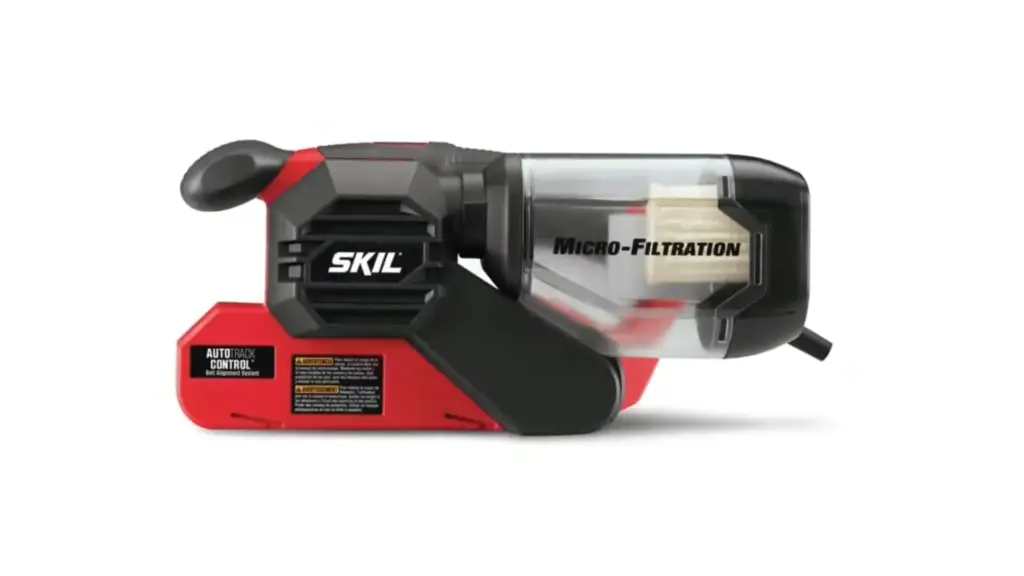
On the other hand, the Makita 9903 is best suited for medium to fine grit belts, ranging from 80 to 120 grit. This makes it perfect for precision work and achieving high-quality finishes on different types of wood. Whether you’re working on intricate woodworking projects or aiming for flawless finishes, the Makita 9903 offers the right balance of power and finesse.
Ultimately, the choice of belt grit depends on the specific requirements of your project. By considering the coarseness of the sanding belt, you can select the appropriate model and achieve optimal results in your woodworking endeavors.
Durability
When it comes to durability, Makita 9903, 9403, and 9404 models are all expertly crafted to withstand the test of time. These exceptional power tools are renowned for their robust construction and utilization of high-quality materials, ensuring long-lasting performance that surpasses expectations.
The 9403 model, in particular, stands out with its rugged durability. Equipped with a meticulously designed labyrinth construction, it provides an extra layer of protection for the motor, effectively shielding it from the infiltration of dust and debris. This innovative feature not only extends the tool’s lifespan but also enhances its overall efficiency and reliability.
Similarly, the 9903 model is engineered with a dust-sealed switch and a sealed ball-bearing design. These integrated elements further reinforce its durability, enabling it to endure even the most challenging working conditions without compromising its performance. Whether it’s a dusty construction site or a demanding woodworking project, the 9903 model proves its mettle and consistently delivers exceptional results.
The 9404 model, too, boasts an array of durable features that guarantee its longevity. With its labyrinth construction and dust-sealed switch, this powerhouse of a tool is built to withstand the rigors of heavy-duty use. No matter the task at hand, the 9404 model rises to the occasion, demonstrating unwavering durability and reliability.
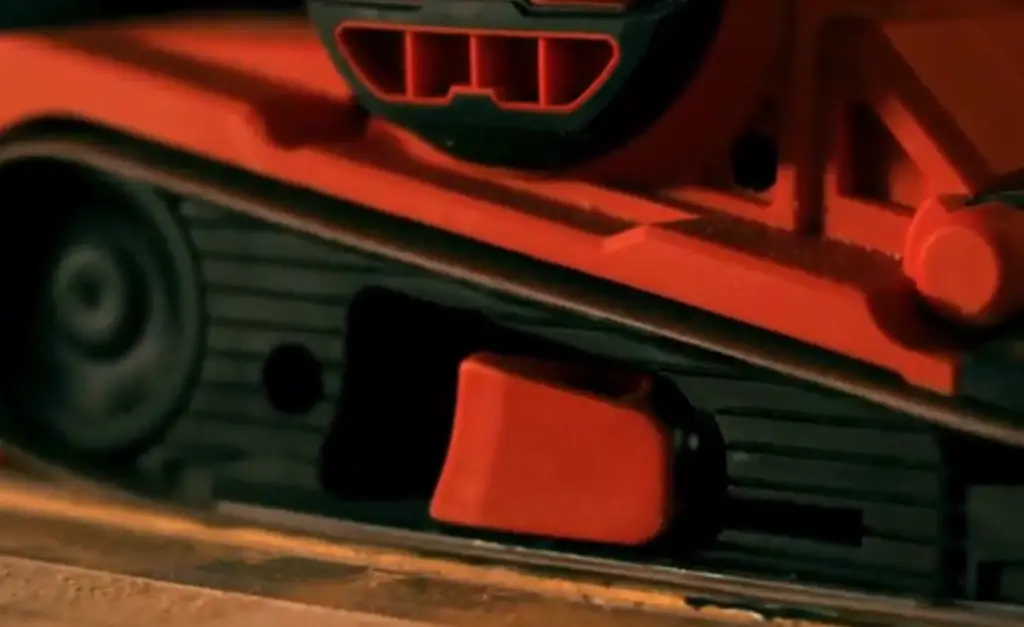
In terms of longevity, it’s a close call among these three remarkable models. Each one is meticulously designed and carefully constructed to endure the toughest challenges that professionals and DIY enthusiasts face. With their hardwearing designs and advanced dust-protection features, the 9903, 9403, and 9404 models are more than capable of withstanding the demands of any job, ensuring that they remain steadfast companions throughout countless projects.
Motor
The motor is the heart and powerhouse of any power tool, and when it comes to belt sanders, the Makita 9903, 9403, and 9404 models are no exception. These belt sanders are designed with precision and performance in mind, ensuring efficient operation even in the most demanding tasks.
Let’s dive into the specifics of each model. The 9403 model, fueled by an impressive 11 AMP motor, boasts an exceptional power capacity that allows it to effortlessly tackle high-volume and intensive sanding tasks. No matter how challenging the project may be, this belt sander is up to the task, delivering consistent and professional results.
On the other hand, the 9903 and 9404 models come equipped with 8.8 AMP motors, offering slightly less power compared to the 9403 model. However, what they lack in raw power, they make up for with a distinct advantage – variable speed control. This feature allows the user to precisely adjust the sander’s speed, providing the flexibility needed to achieve optimal results on different materials and tasks. From delicate finishes to aggressive material removal, these belt sanders deliver the versatility required for various sanding applications.
Regardless of the model you choose, rest assured that all three belt sanders embody the performance and reliability that Makita is renowned for. With their robust motors, precision engineering, and durable construction, these belt sanders are built to withstand the test of time and deliver consistent performance on every project, big or small.
When it comes to belt sanders, trust Makita to provide you with the tools you need to achieve optimal results and elevate your woodworking experience.
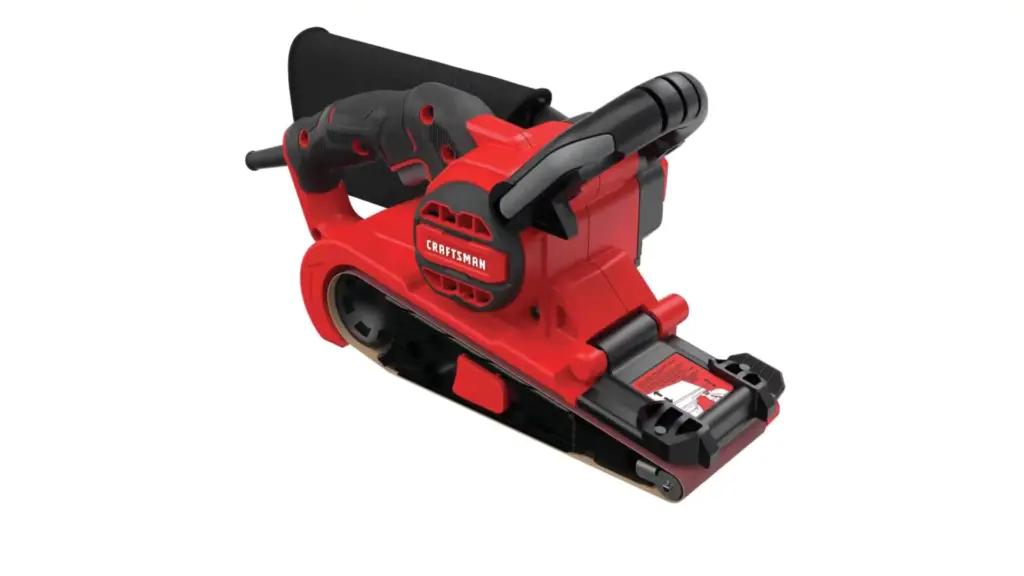
Dust Collection
An efficient dust collection system is a significant feature that cannot be overlooked when selecting a belt sander, as it ensures a clean workspace and minimizes the inhalation of harmful dust particles. All three Makita models – the 9903, 9403, and 9404 – are equipped with superior dust collection systems aimed at maintaining a cleaner and safer working environment.
The 9403 model stands out with its large front dust bag, which enables efficient dust collection. This model has a remarkable capacity to capture more dust compared to other models in its class, ensuring a cleaner and healthier work area.
The 9903 and 9404 models also feature a dust bag for efficient dust collection, providing an additional layer of protection. Moreover, these models come with a 360-degree rotating dust nozzle, offering enhanced convenience and versatility during operation.
The dust collection feature in these Makita models not only contributes to maintaining cleanliness but also plays a vital role in enhancing visibility during work. With reduced dust particles in the air, you can achieve more precise results and have a clearer view of your projects.
Investing in a belt sander with a reliable dust collection system like the Makita models ensures that you can focus on your work without worrying about dust buildup or compromising on your health and safety. [1]
Makita 9903 Vs. Makita 9403 Vs. 9404 Belt Sander
Motor Power
Motor power is a crucial aspect when comparing the Makita 9903, 9403, and 9404 belt sander models. It determines the efficiency and performance of the tool, especially during demanding sanding tasks. The Makita 9403, with its 11 AMP motor, stands out as the most powerful among the three. This powerful motor makes it suitable for tackling heavy-duty tasks, providing faster and more efficient sanding.
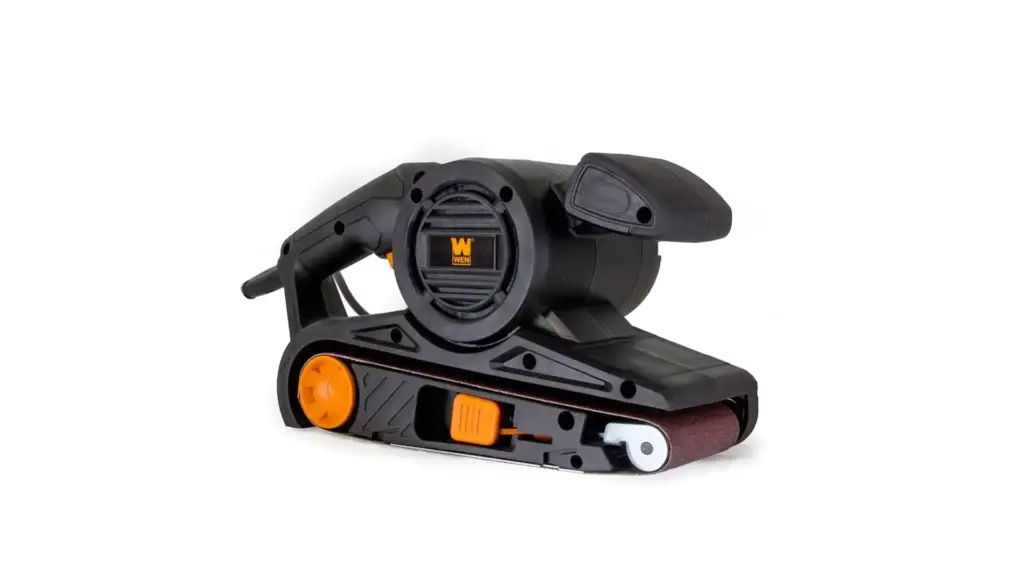
On the other hand, the 9903 and 9404 models are powered by 8.8 AMP motors, offering slightly less power compared to the 9403. However, they make up for it with their variable speed controls. This feature allows users to adjust the belt speed according to the material and task at hand, providing more control and precision. Whether you need to work on delicate surfaces or require specific speed adjustments for different materials, the 9903 and 9404 models offer versatility in these aspects.
In essence, if you frequently undertake high-volume tasks that demand maximum power, the 9403 model may be the best choice for you. Its 11 AMP motor ensures efficient sanding and quick completion of heavy-duty projects. However, if precision and control over speed are your primary concerns, the 9903 and 9404 models would be more suitable. Their variable speed controls allow you to tailor the sanding process to the specific requirements of each material, providing the flexibility and accuracy needed for tasks that require more finesse.
Speed Output
The speed output of a belt sander directly affects the quality and efficiency of your sanding tasks. When comparing the Makita 9903, 9403, and 9404 models, the 9403 stands out for its high-speed output, offering a top belt speed of 1,640 feet per minute. This exceptional speed allows for the quick removal of material, making it well-suited for large-volume projects that require efficient and fast sanding.
On the other hand, the 9903 and 9404 models feature variable speed control, offering a range of speeds from 690 to 1,440 feet per minute. While these models may not match the top speed of the 9403, their advantage lies in the ability to fine-tune the speed based on the type of material and the specific task at hand. This level of precision and versatility can be particularly advantageous for detailed woodworking projects that require careful control over the sanding process.
Ultimately, the most suitable model for you will depend on your specific needs. If you prioritize rapid material removal and high-volume tasks, the 9403 with its impressive top speed is the ideal choice. However, if you value precise control and versatility for more intricate woodworking projects, either the 9903 or the 9404, with their variable speed control, would be more suitable.
Dust Collection
Dust collection efficiency is a critical feature that sets apart one belt sander from another. When it comes to proper dust collection, it goes beyond just keeping the work environment clean. It plays a vital role in reducing the risk of respiratory issues and improving the visibility of the work surface for enhanced precision.
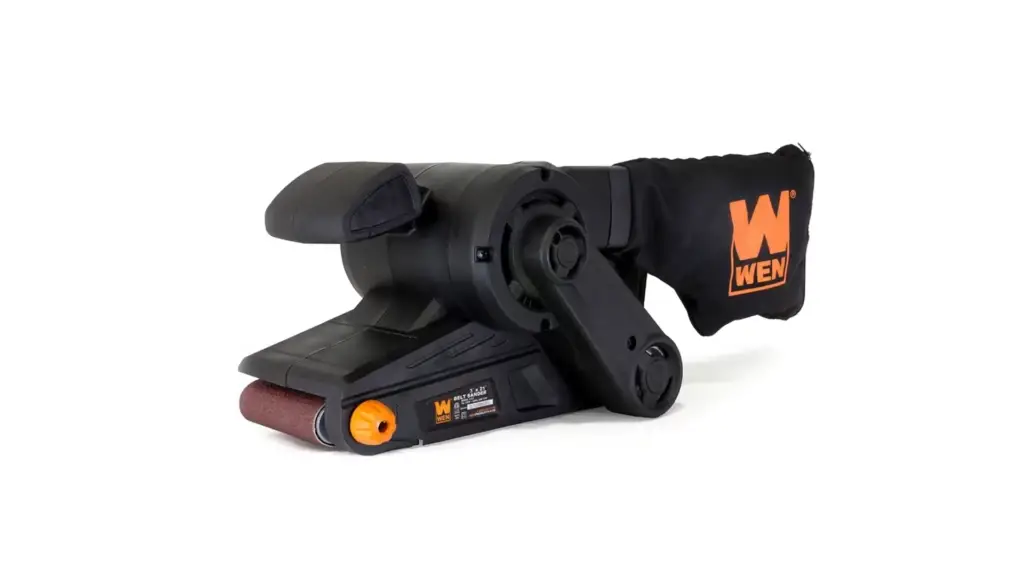
Among the belt sander models available, the Makita 9903, 9403, and 9404 all excel in terms of dust collection performance. Let’s dive into the specifics. The 9403 model, for instance, boasts a large front dust bag that is widely renowned for its impressive dust collection ability. This means you can work with confidence, knowing that a significant amount of dust will be efficiently captured.
On the other hand, the 9903 and 9404 models take a slightly different approach. Equipped with dust bags and featuring a unique 360-degree rotating dust nozzle, these models offer unparalleled flexibility and convenience during operation. No matter the direction of your work, you can count on optimal dust collection to maintain a clean and safe work environment.
Low Sound Output
One of the often-overlooked features in belt sanders is the sound output during operation. Excessive noise can become a hindrance over prolonged use, causing discomfort and possibly affecting concentration. However, when it comes to user comfort, the Makita 9903, 9403, and 9404 models stand out from the crowd. These belt sanders have been meticulously designed with low sound output in mind, ensuring a quieter working environment.
The Makita 9403 model, known for its powerful motor, operates at an impressively low noise level of 84 dB, making it one of the quietest sanders in its class. This means you can work on your projects without disturbing others or having to wear ear protection for extended periods. The 9903 and 9404 models also strike a perfect balance between power and noise levels, operating at a noise level of 85 dB. With these sanders, you can have peace of mind knowing that you can work comfortably for extended periods without sacrificing performance.
If noise level is a significant factor for you, Makita’s belt sander models have got you covered. Their attention to detail and focus on user comfort make them an excellent choice for both professional and hobbyist woodworkers alike. Experience the difference of a quieter working environment without compromising on performance with Makita belt sanders.
Great Versatility
Each of the Makita belt sander models – 9903, 9403, and 9404 – brings a unique level of versatility to the table, making them invaluable tools for a wide range of sanding tasks. Their adaptability can be seen in the variable speed controls which are present in the 9903 and 9404 models. This feature enables users to adjust the speed of the belt according to the nature of the task and the material being sanded, thereby enhancing precision and outcome.
Moreover, the 9403 model, known for its high-speed output and raw power, can handle a variety of tasks, from heavy-duty sanding to material removal. Whether you’re working on a large wooden surface or tackling a smaller project, this belt sander delivers consistent and efficient results.
The 360-degree rotating dust nozzle in the 9903 and 9404 models is another versatility-enhancing feature. This innovative design allows users to work in any direction, even in tight spaces, while ensuring optimal dust collection. Say goodbye to messy work areas and hello to a cleaner sanding experience.
Therefore, irrespective of your sanding needs, Makita belt sanders provide remarkable versatility to handle a multitude of tasks efficiently and effectively. With their advanced features and reliable performance, these belt sanders are a must-have for any woodworking or DIY enthusiast looking to achieve professional-level results. [1],[2]
Useful Tips
When selecting a belt sander, it’s crucial to consider your specific needs and the nature of the projects you’ll be undertaking. Keep in mind the power and size of the machine; a more powerful sander will remove material faster but may be harder to control. Alternatively, a smaller, less powerful sander might offer greater precision but take longer to complete larger jobs. Also, consider the noise levels if you’ll be using the sander indoors or in close proximity to your neighbors. Lastly, don’t overlook the importance of comfort. Look for a sander with an ergonomic design, adjustable speed, and easy belt changing system to ensure ease of use over prolonged periods. [2]
FAQ
Where is Makita 9404 made?
The Makita 9404 Belt Sander, like many of Makita’s high-quality tools, is made in Japan. Makita Corporation, headquartered in Anjo, Japan, is renowned for its meticulous production standards and rigorous quality control. This focus on quality is evident in the 9404 model, which boasts robust construction, reliable performance, and high user satisfaction.
What size belt is a Makita 9403?
The Makita 9403 Belt Sander uses a 4 inch wide by 24 inch long belt. This generous size makes it an ideal tool for quick material removal on large surfaces, providing a balance of power and speed. Its robust construction and high-quality design, common to Makita products, ensure it can handle the demands of both professional and hobbyist woodworkers.
What is the best belt sander machine?
Choosing the “best” belt sander depends on user requirements. For power and speed, the Makita 9403 stands out with its 4-inch wide belt and swift material removal. It’s ideal for large projects and professional woodworking. For precision and versatility, the Makita 9903 is the go-to sander with variable speed control and a compact design. The Makita 9404 offers a balance of power, precision, and reliability for a broad range of applications. All three models showcase Makita’s commitment to quality and performance. The “best” machine is subjective, based on user needs, project type, and personal preferences.
What size belt is a Makita 9404?
The Makita 9404 Belt Sander accommodates a 4 inch wide by 24 inch long belt, similar to the Makita 9403. Its size and design make it a versatile tool for a variety of sanding tasks, from fine finishing work to extensive material removal. This model’s adaptability and reliability, coupled with Makita’s reputation for quality production, make it a valuable asset for both professional carpenters and DIY enthusiasts.
What is the best size belt sander?
Choosing the “best” size for a belt sander largely hinges on the scope and nature of your woodworking tasks. A belt sander with a larger belt size, such as the 4 inch by 24 inch belt found on the Makita 9403 and 9404, is highly effective for quick material removal on larger projects or rough lumber. It’s ideal for professional woodworkers who need power and speed. However, for more delicate tasks or intricate woodworking projects, a smaller belt size may be more appropriate as it offers greater precision and control. Ultimately, the “best” size of a belt sander is subjective and should align with your specific needs, project scale, and comfort level.
Useful Video: Top 5 Best Belt Sanders 2023
Conclusion
In summary, when comparing Makita 9903, 9403, and 9404 belt sanders, all three models provide sturdy construction, reliable performance, and high user satisfaction. Your choice depends on your specific requirements. For power and speed, choose the Makita 9403. For precision and versatility, go with the Makita 9903. If you want a balance of power, precision, and reliability, the Makita 9404 is a standout. Each sander has its strengths and applications, and the “best” choice depends on your job and preferences. Regardless of the model, trust Makita’s quality and performance.
References
- https://www.drillanddriver.com/makita-9903-vs-9403-vs-9404-belt-sander-full-comparison-2020/
- https://hphtools.com/power-tools/sanders/best-makita-belt-sander/






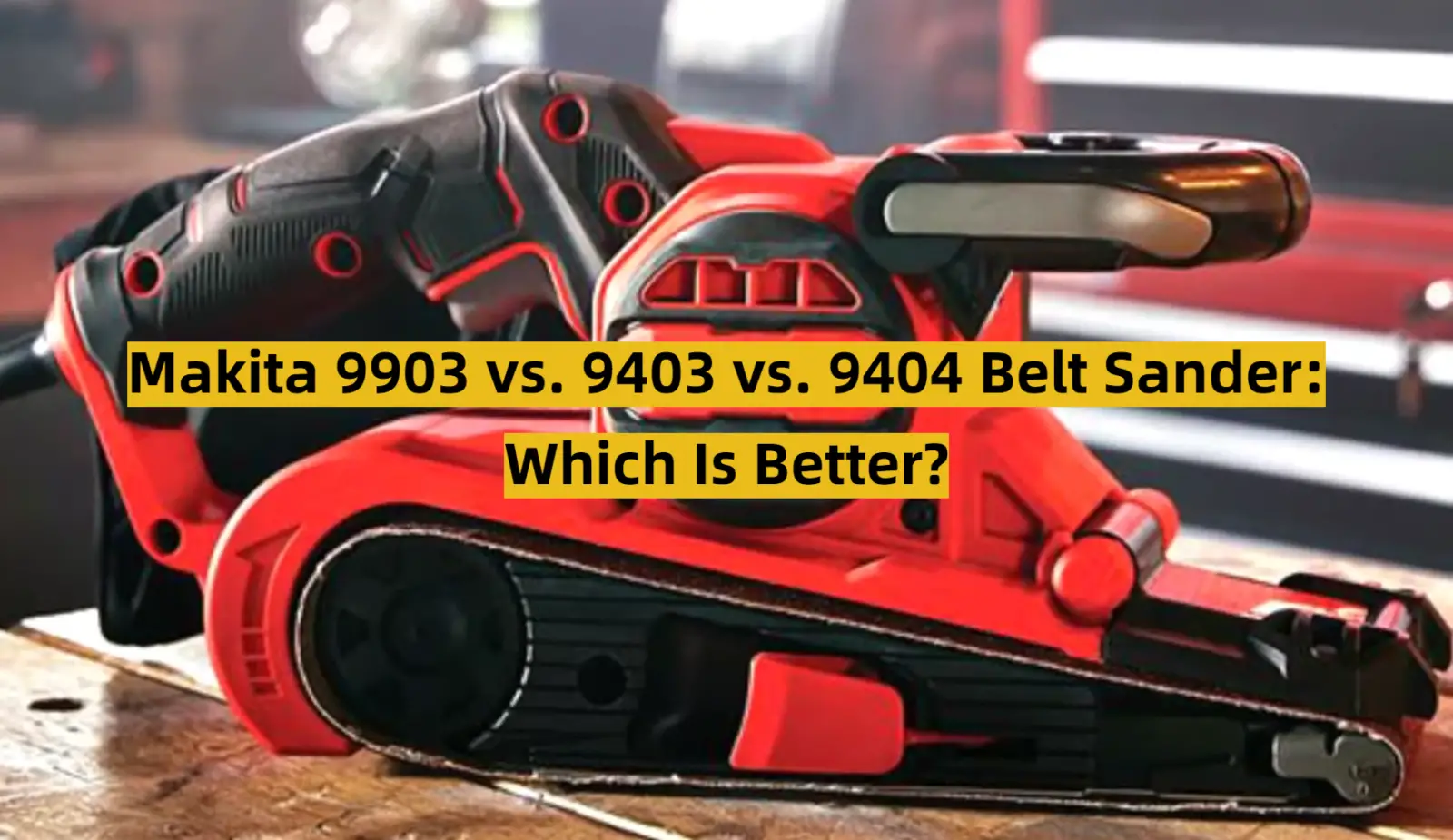






Leave a Reply